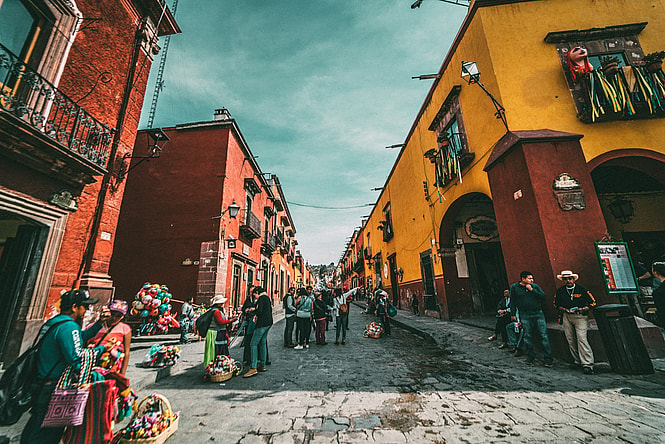
Situated in the southern portion of North America, Mexico is the world’s thirteenth-largest country by area and is home to the most Spanish speakers. Steeped in rich history from Spain’s involvement to Aztec influences or American presence, there is a lot to unpack in Mexico’s history. Keep reading to learn seven historical facts about Mexico you may not know, from their people to the land itself.
7. Mexico was under Spanish rule for three centuries
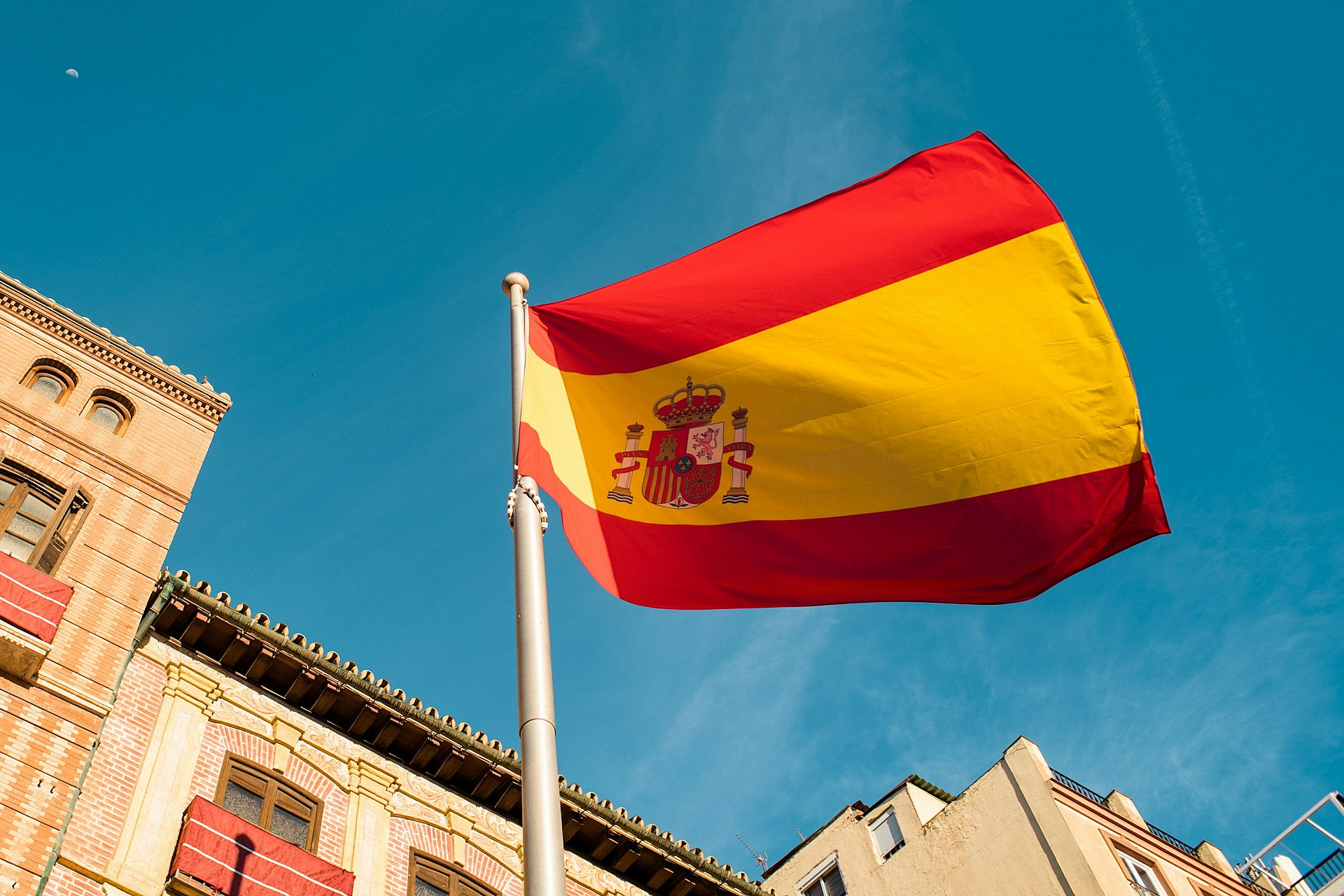
Coming in seventh on our historical facts about Mexico list goes back to the Age of Exploration. In the early 16th century, Spanish conquistador Hernán Cortés traveled to Mexico, finding the sprawling Aztec Empire. Though vastly outnumbered, Cortés was able to overthrow the groups with alliances and European diseases, finally taking Tenochtitlan in 1521. This marked the beginning of Spanish colonization in Mexico, which was not undone until 1821 and the Mexican War of Independence.
RELATED: 7 Most Famous Explorers in History
6. Olmec, Maya, and Aztec civilizations shaped Mesoamerican history

Next up on the list of historical facts about Mexico refers to the ancient civilizations that were spread across the country, namely the Olmec, Maya, and Aztecs. Each group contributed unique cultural, architectural, and scientific advancements to the region. This included complex Olmec societies, Mayan astronomy and mathematics, and the Aztec city-state of Tenochtitlan. These civilizations laid the bedrock of Mexico’s identity and culture, and are still quite present today.
5. Mesoamerica was the first to use indigenous writing systems in North America
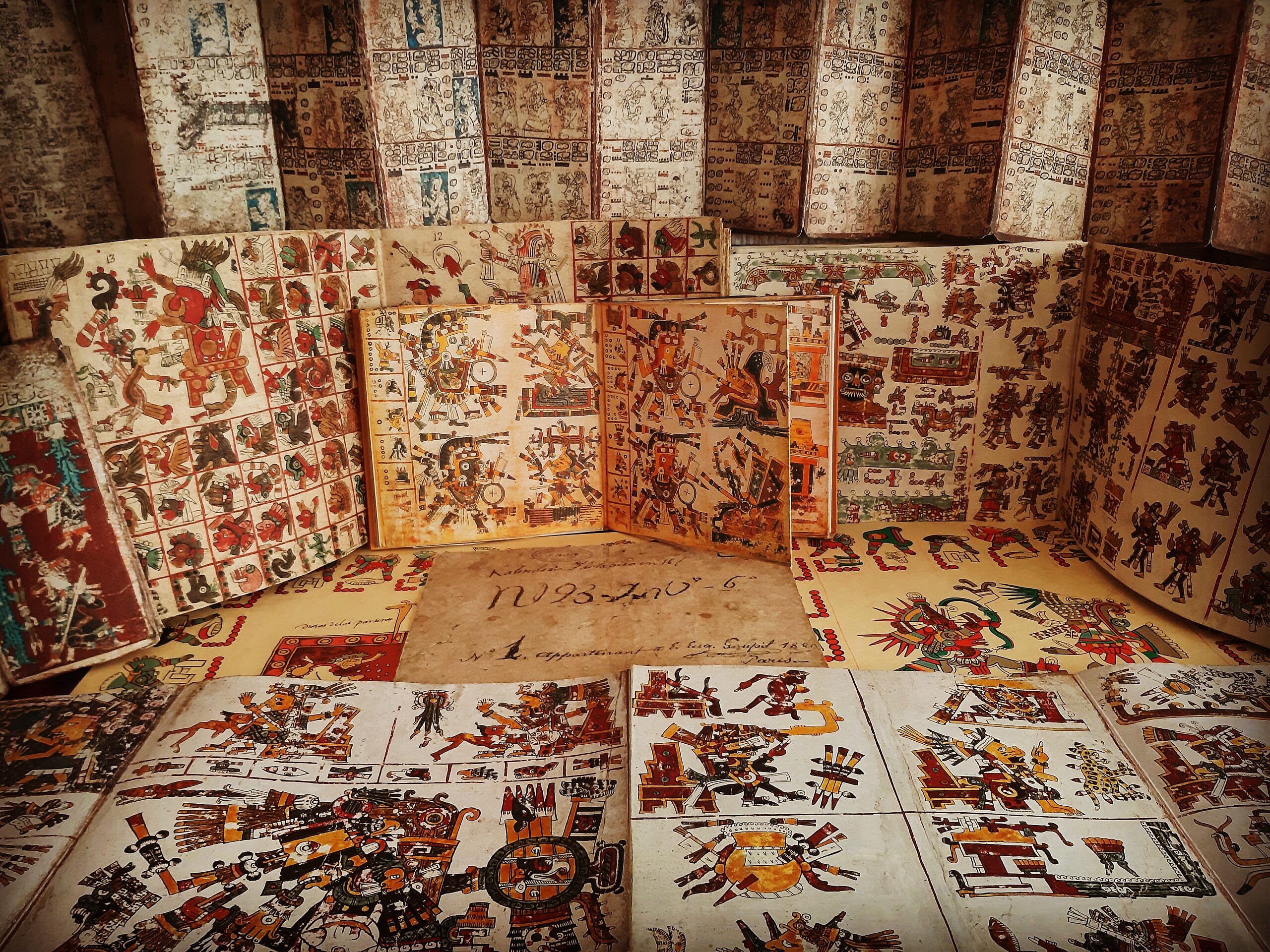
Our fifth selection for historical facts about Mexico list focuses more on the advancements of Mesoamerica, specifically in the world of writing. Before the Europeans arrived, Mesoamerica was an intellectual hub. Specializing in means of communication, the Mayans created intricate hieroglyphs, while the Aztecs made a pictorial language. They were not used just for recording history but as a way to show cultural expression and knowledge.
CHECK OUT: 7 Grand Canyon Historical Facts You Should Know
4. Silver pesos were the first global currency
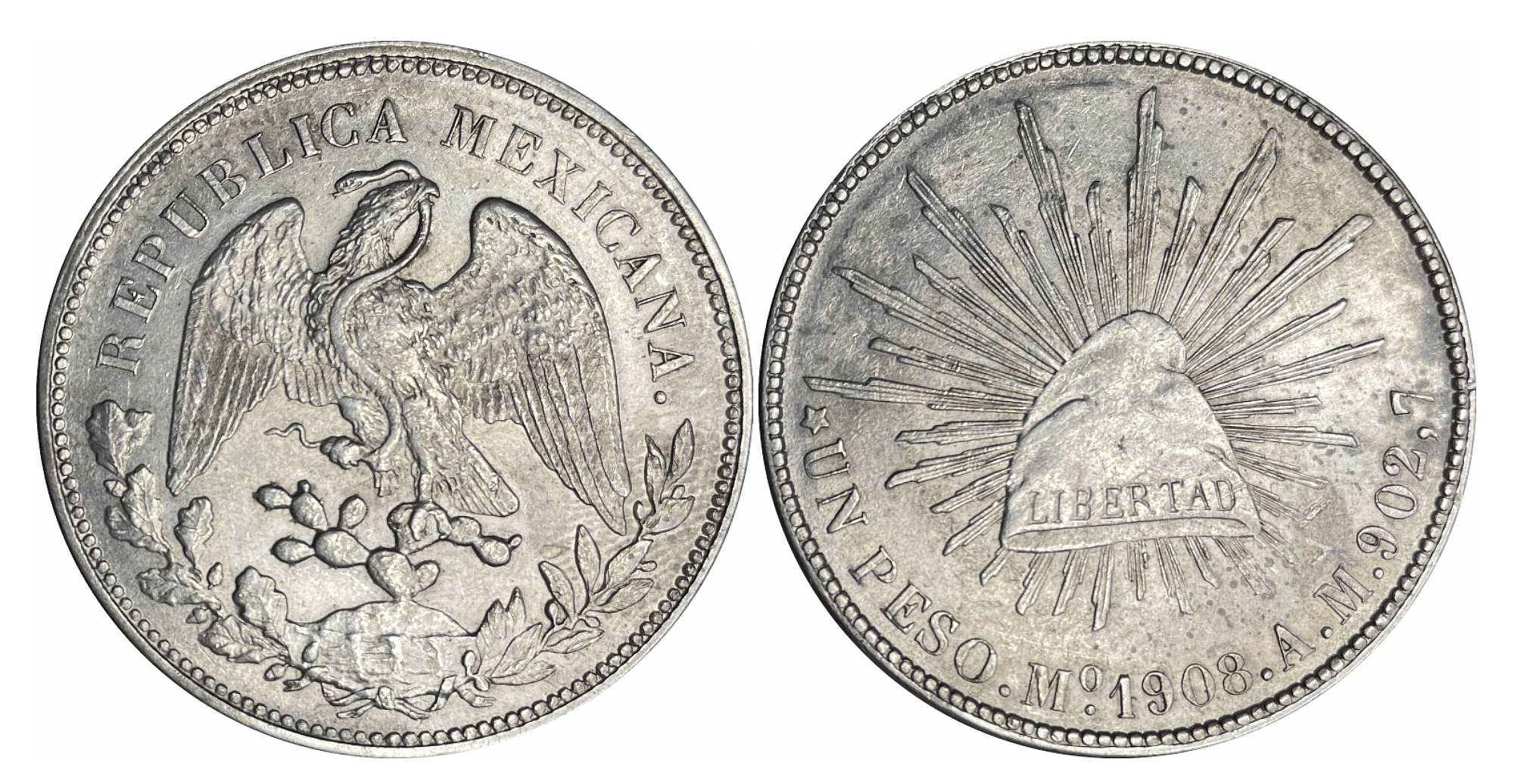
Coming in fourth on our historical facts about Mexico list is money. The silver peso was the world’s inaugural global currency, minted by the colonial government. Also known as Spanish dollars or “Pieces of Eight,” the coins were valued at eight reals, the currency of Mexico. The peso’s influence stretched across the sea, from Spain to even Southeast Asia, cementing Mexico’s role in the global economy.
ALSO READ: 6 Titanic Historical Facts You May Not Know
3. The Mexican flag is drenched in symbolism
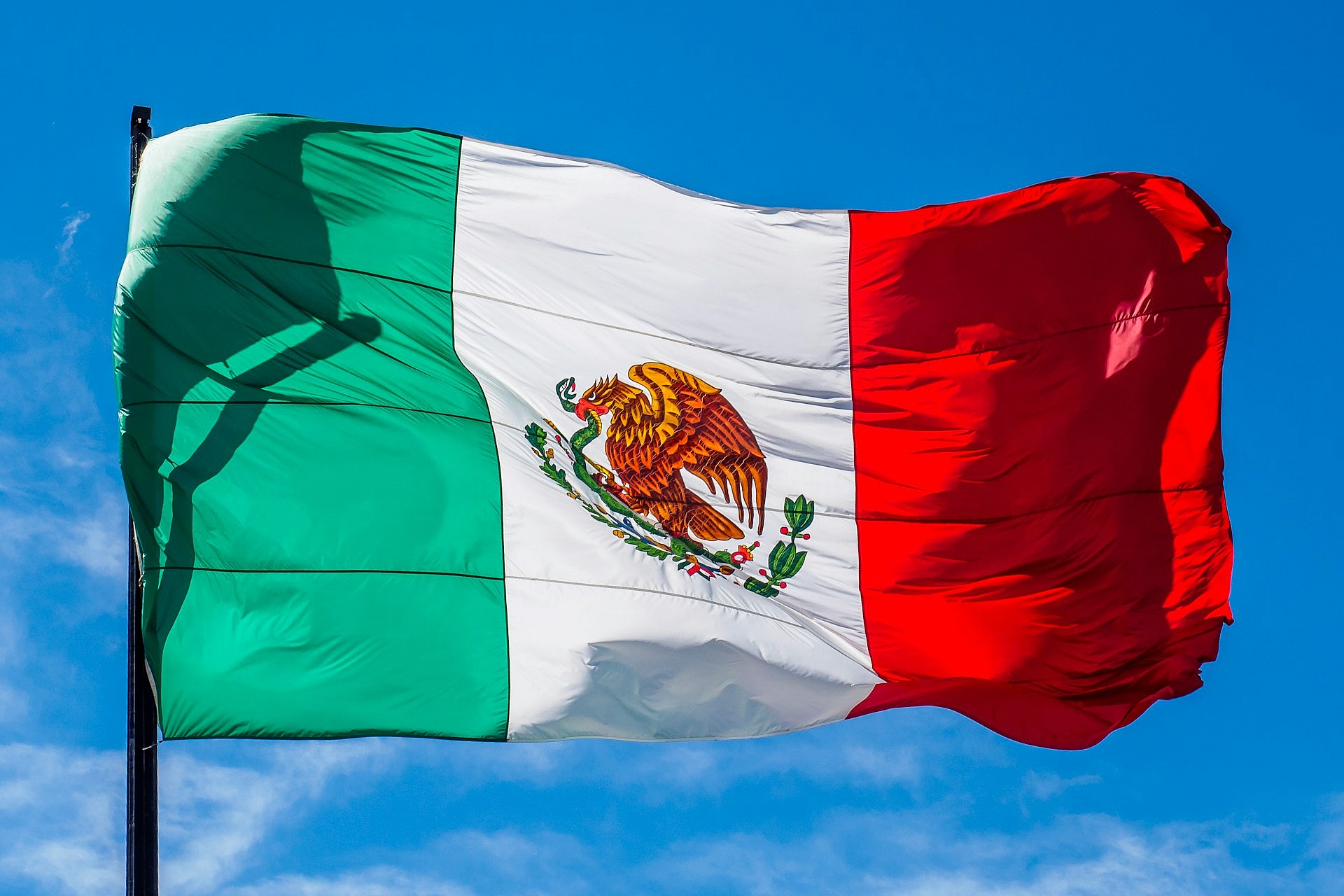
Jumping into the top three historical facts about Mexico is the symbolism behind the nation’s flag. Centered between green and red bands, the focal point of the flag is an eagle with a serpent clenched in its beak standing on a prickly pear cactus. This image traces to Aztec mythology and the sun god Huitzilopochtli. Guided by the eagle, the Aztecs were able to find their promised land, later turning into the metropolis of Mexico City.
2. Mexico is home to the world’s biggest pyramid
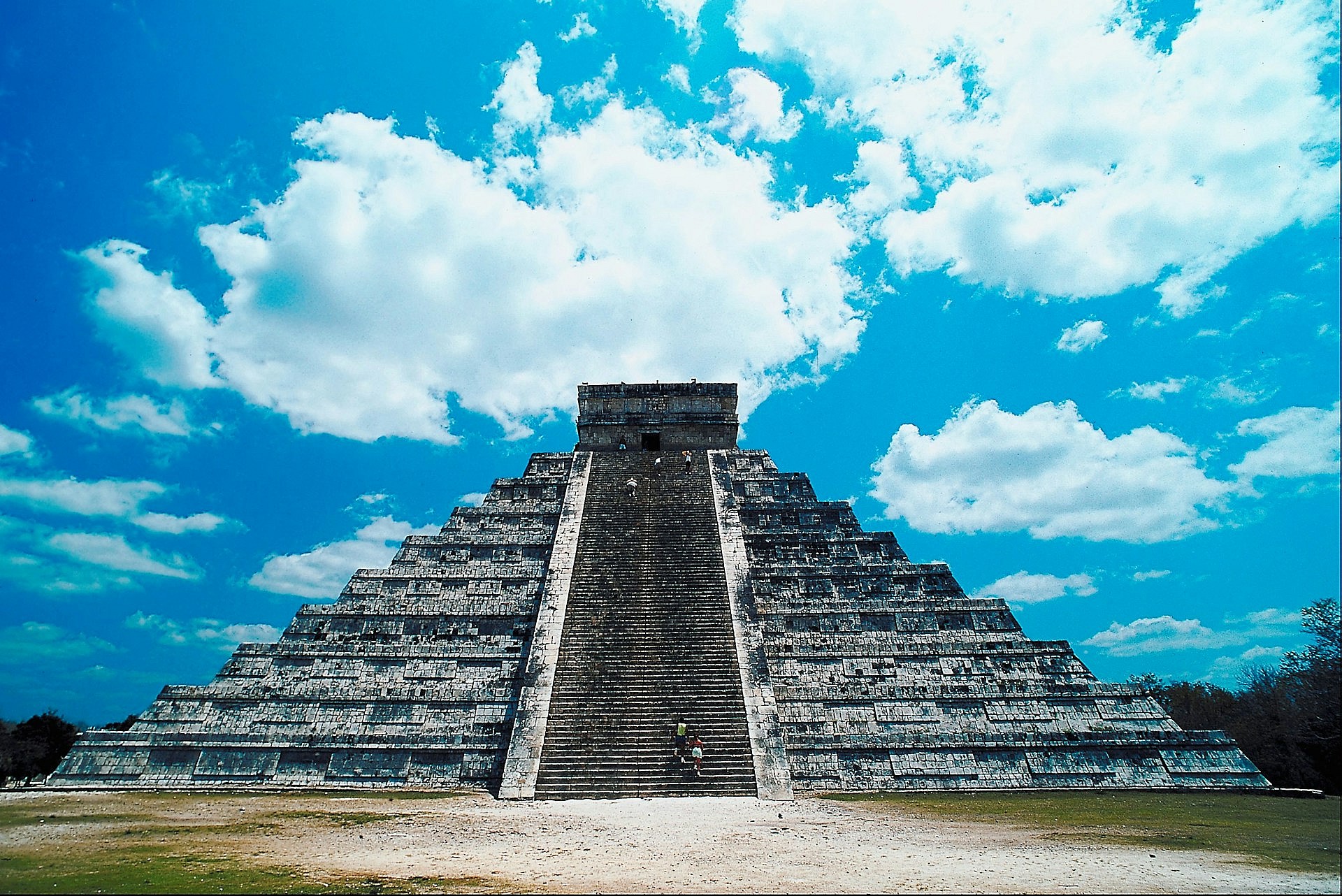
Second on our list of historical facts about Mexico is the famous structures left by Aztec and Mayan cultures. The Great Pyramid of Cholula is a marvel of ancient engineering and religious devotion situated in Cholula and is the largest archaeological site of a pyramid in the New World. While the pyramid only reaches a height of 25 meters, the base stretches 300 by 315 meters and is dedicated to the revered god Quetzalcoatl.
CHECK OUT: 7 Historical Facts About the Statue of Liberty You Should Know
1. Hernán Cortés was not the first European in Mexico
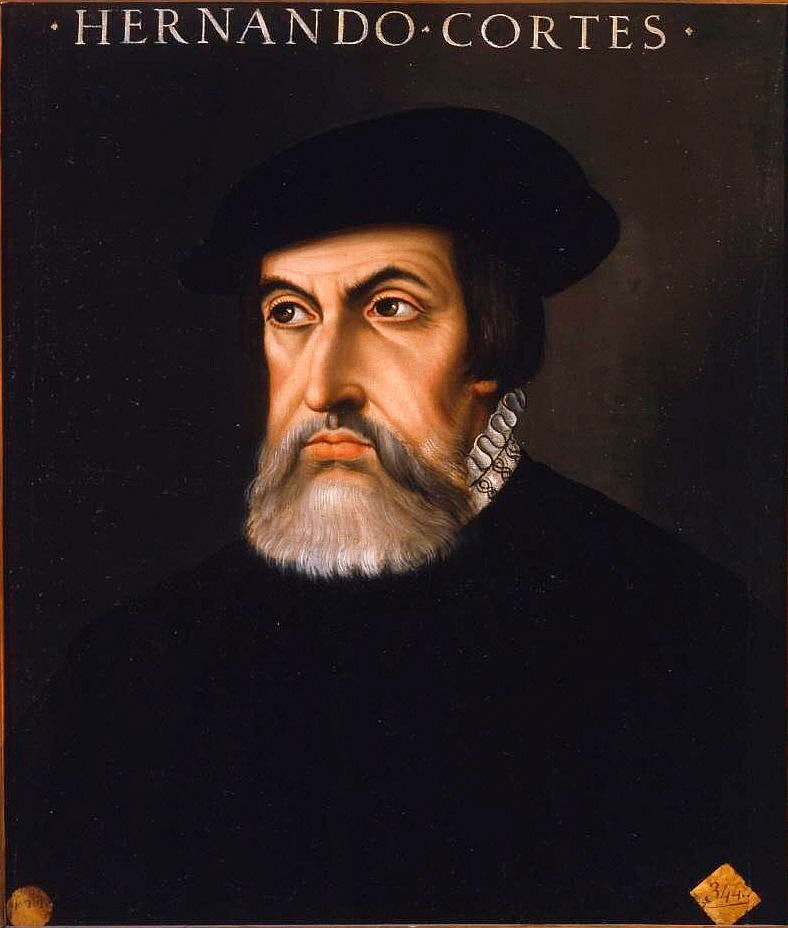
Last but not least, on our historical facts about Mexico, is the actual first European to step on Mexican soil. Francisco Hernández de Córdoba was accompanied by 100 men aboard three ships and sailed from Cuba to the southern shores of Mexico in February 1517. The expedition led to the first encounter between Europeans and the ancient Mayan civilization. Córdoba’s visit was not pleasant, though, resulting in the loss of 50 men and the capture of several others. This eventually led to a larger expedition with Hernán Cortés in 1519.
READ NEXT: 8 Random Historical Facts They Should Teach You At School
